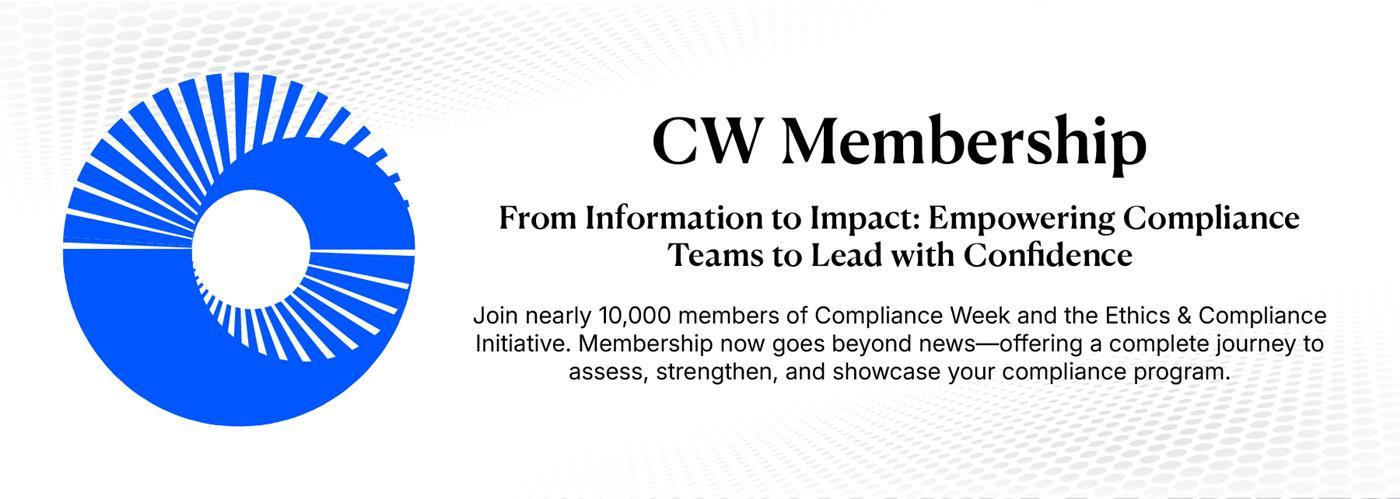FinCEN annual report: How DOJ, IRS use SARs to aid probes

What does the Treasury Department’s Financial Crimes Enforcement Network (FinCEN) do with the millions of suspicious activity reports (SARs) it receives every year? If you work at a financial institution, you’ve likely wondered whether these SARs are ever even read, no less acted upon.
The Bank Secrecy Act (BSA) requires approximately 260,000 financial institutions to have policies and procedures in place to identify and report suspicious activity within their transactions. Suspicious activity consists of money laundering, terrorist financing, or financing of weapons of mass destruction (proliferation financing).
In its year in review for fiscal year 2022, published Tuesday, FinCEN laid out the law enforcement investigations derived from the 4.3 million SARs filed in FY2022. The period covered began Oct. 1, 2021, and ended Sept. 30.
THIS IS MEMBERS-ONLY CONTENT
You are not logged in and do not have access to members-only content.
If you are already a registered user or a member, SIGN IN now.













